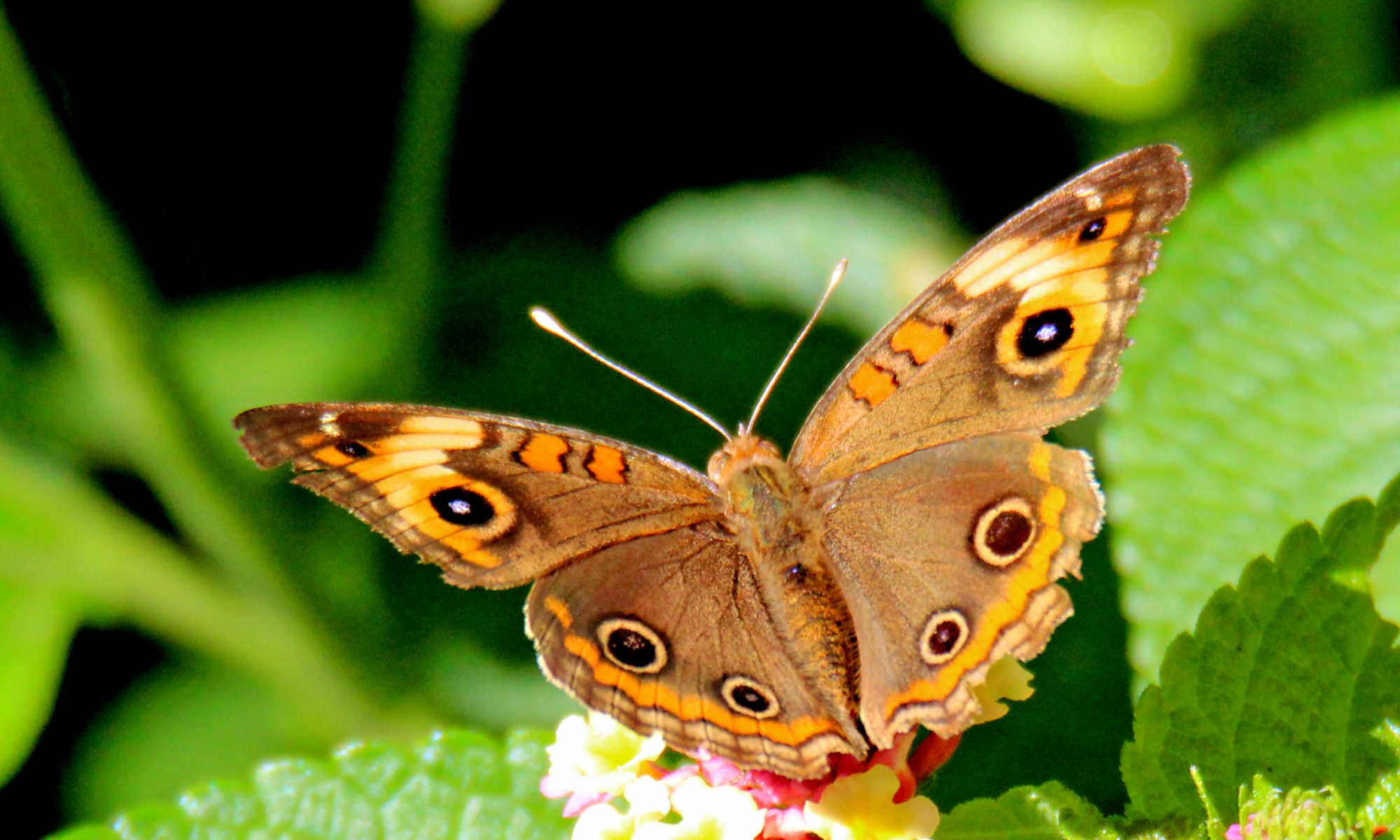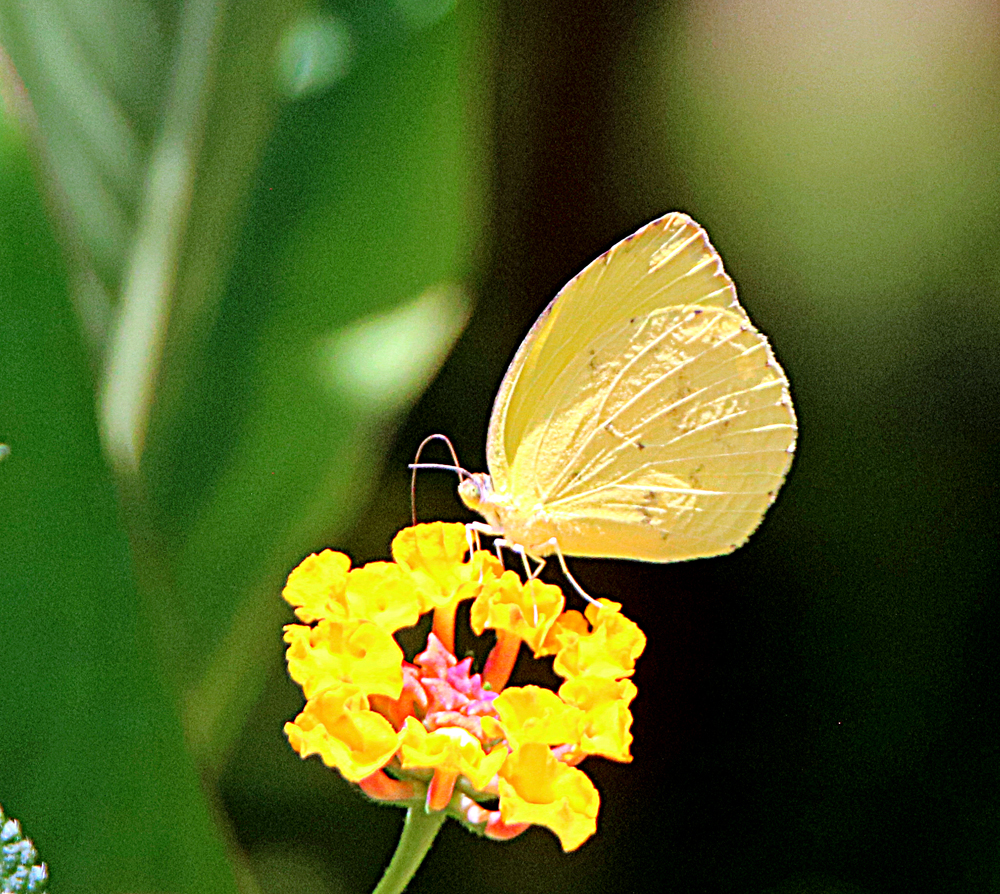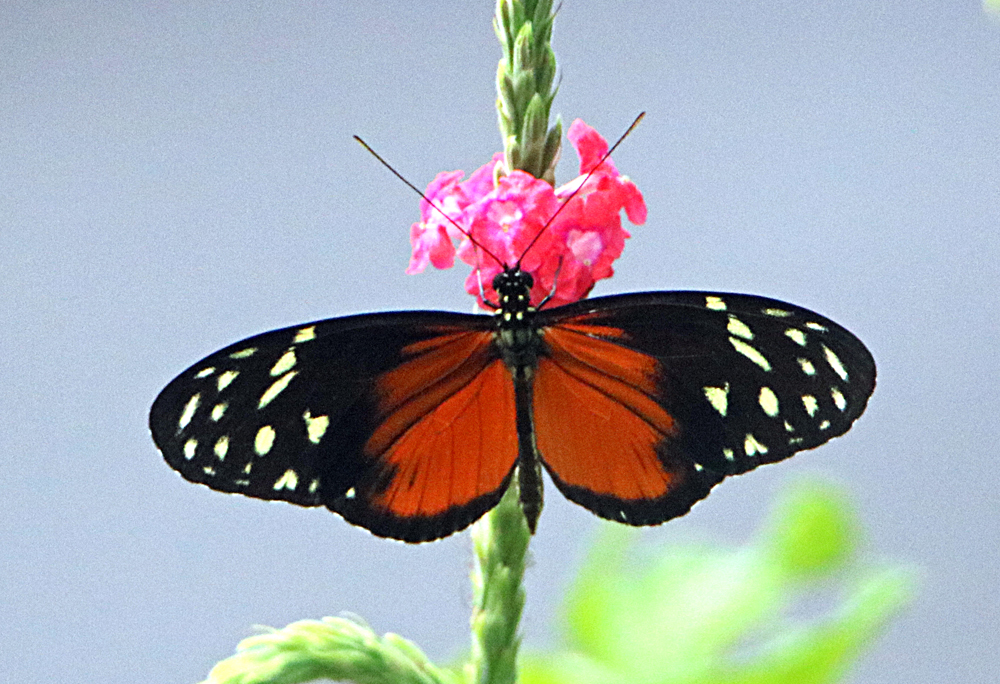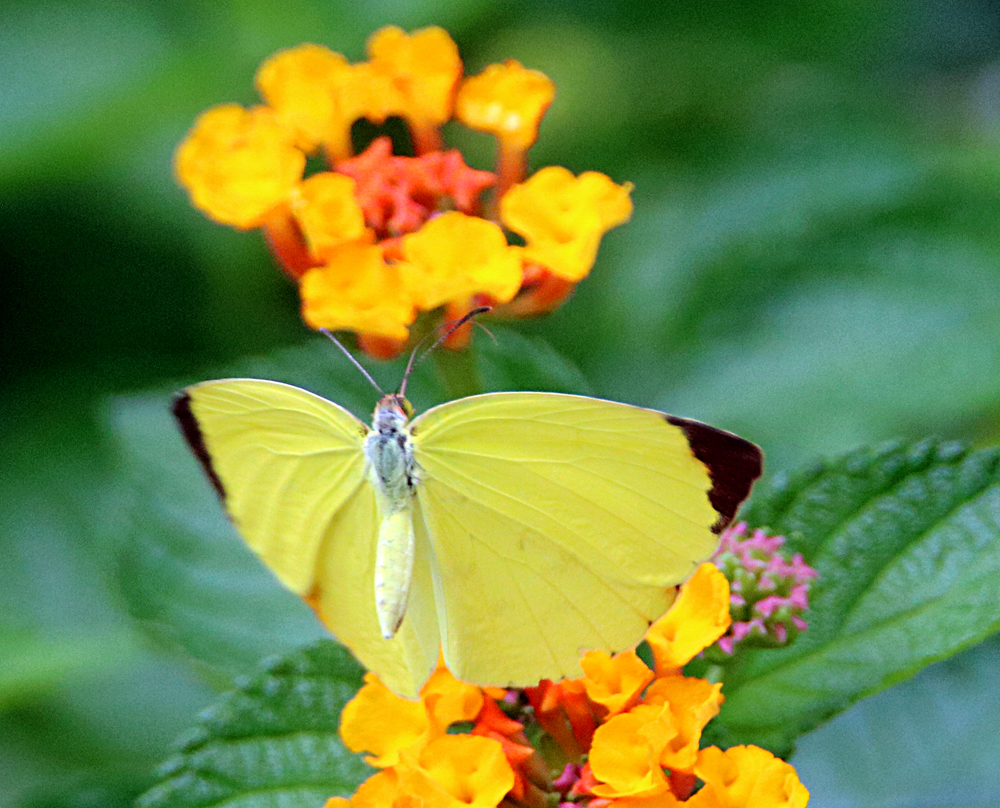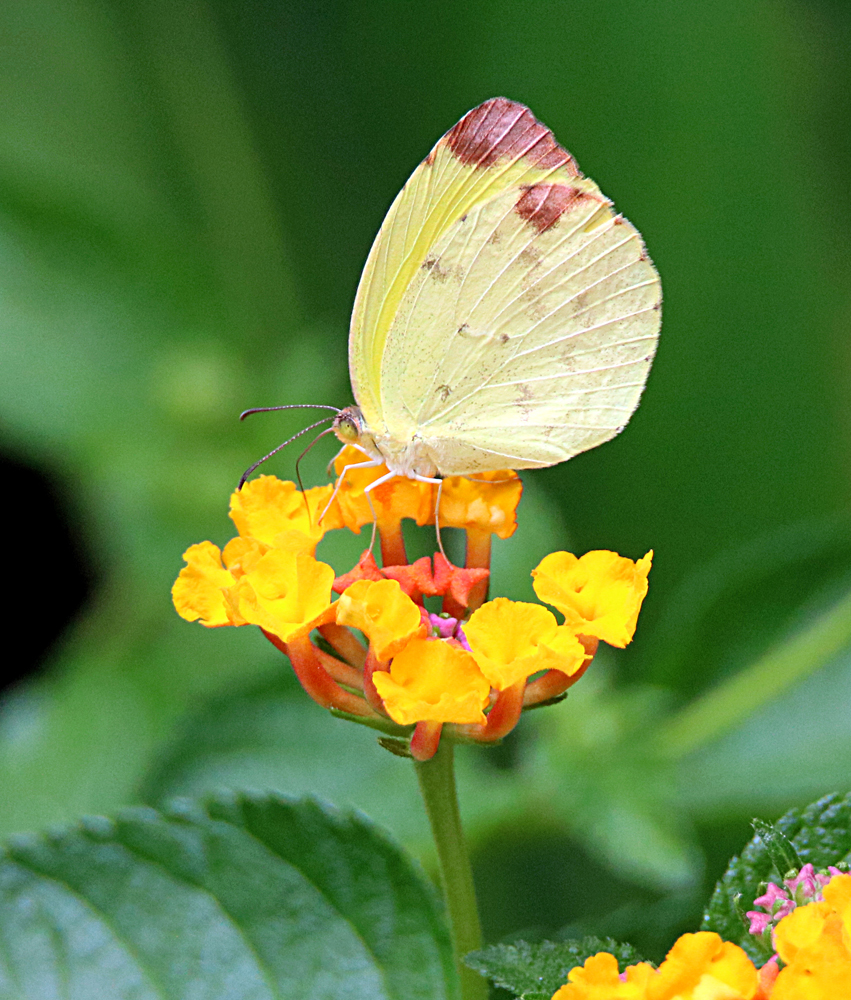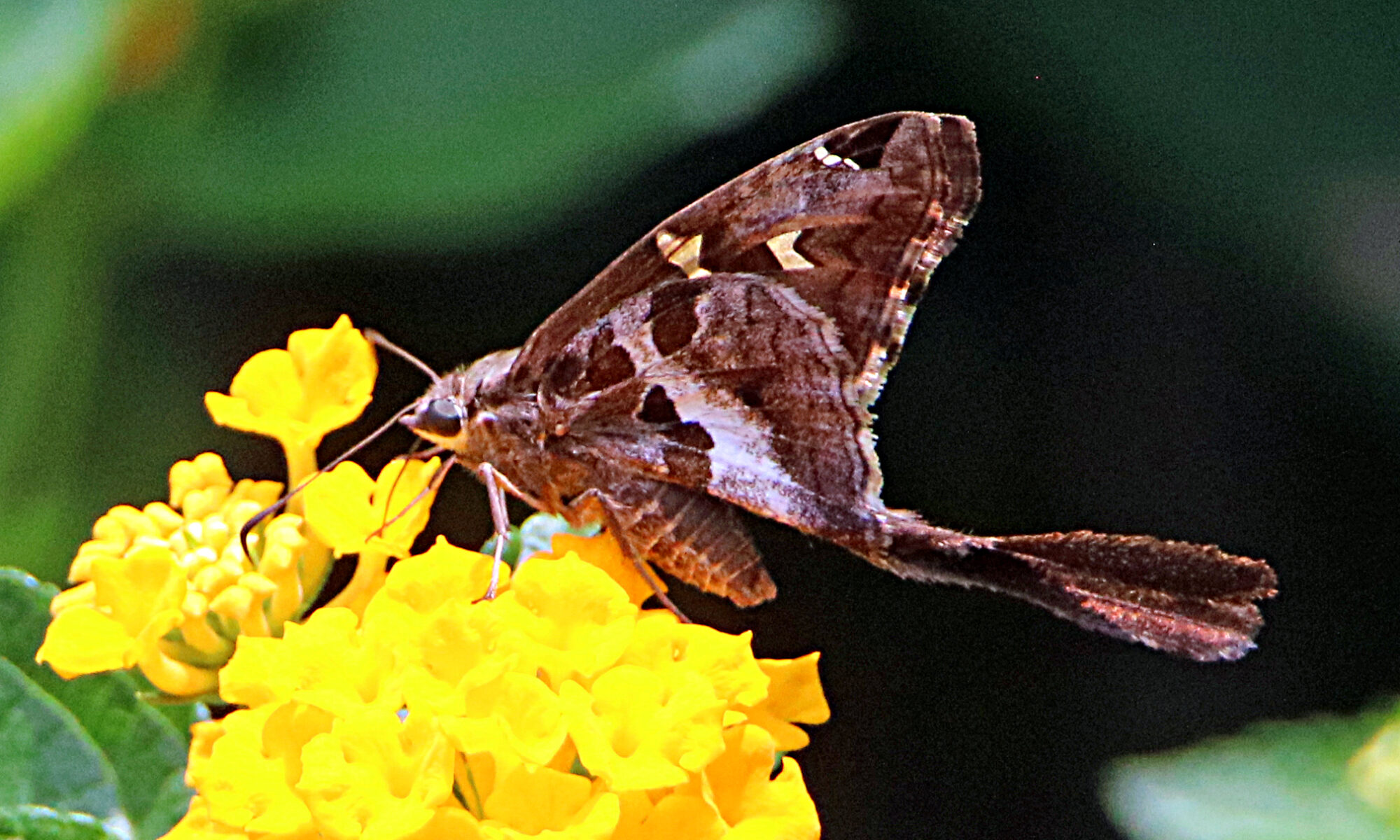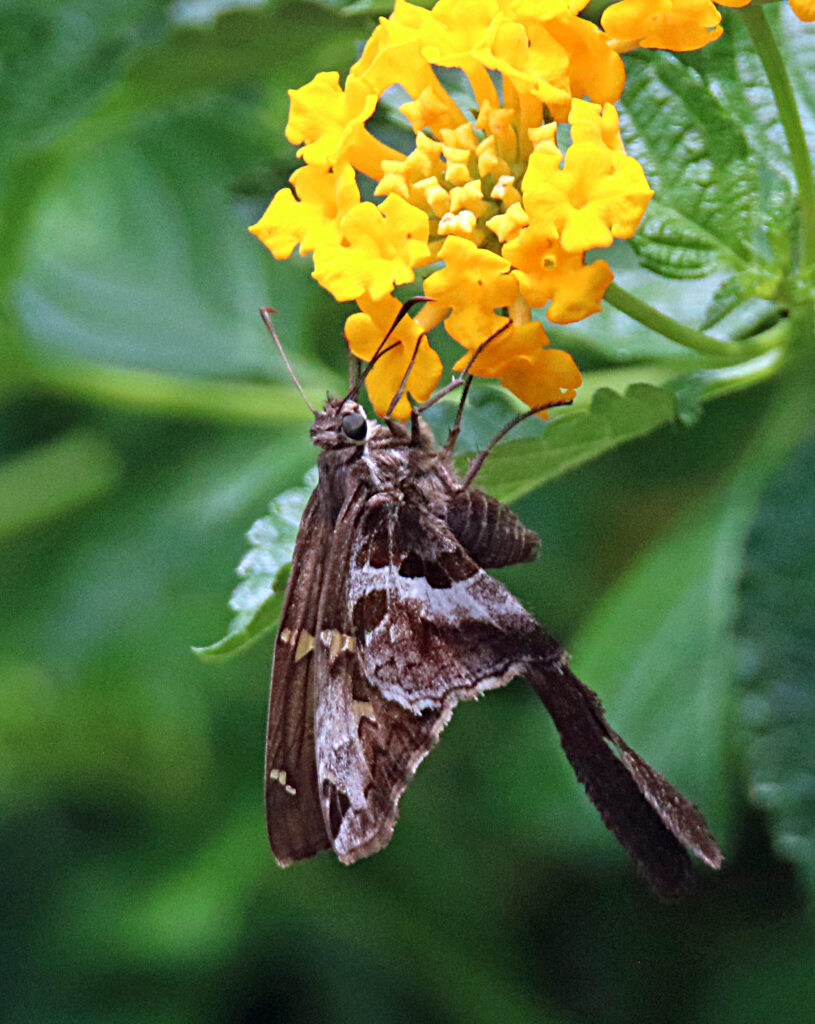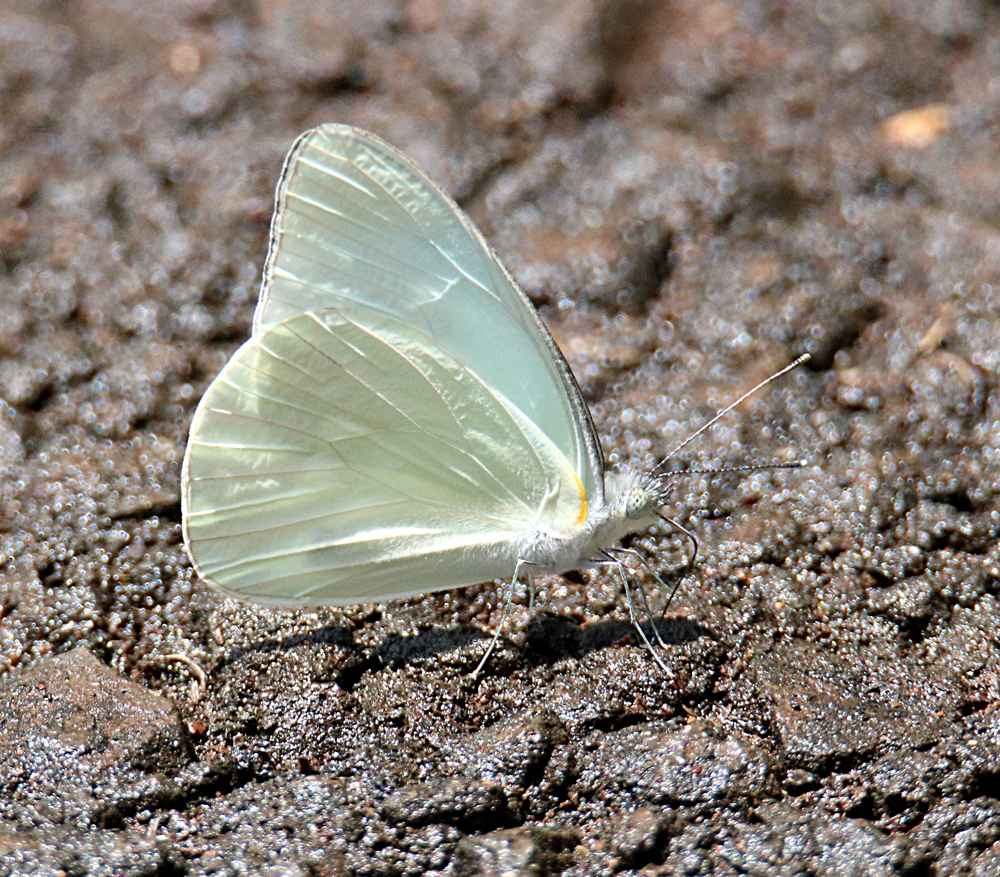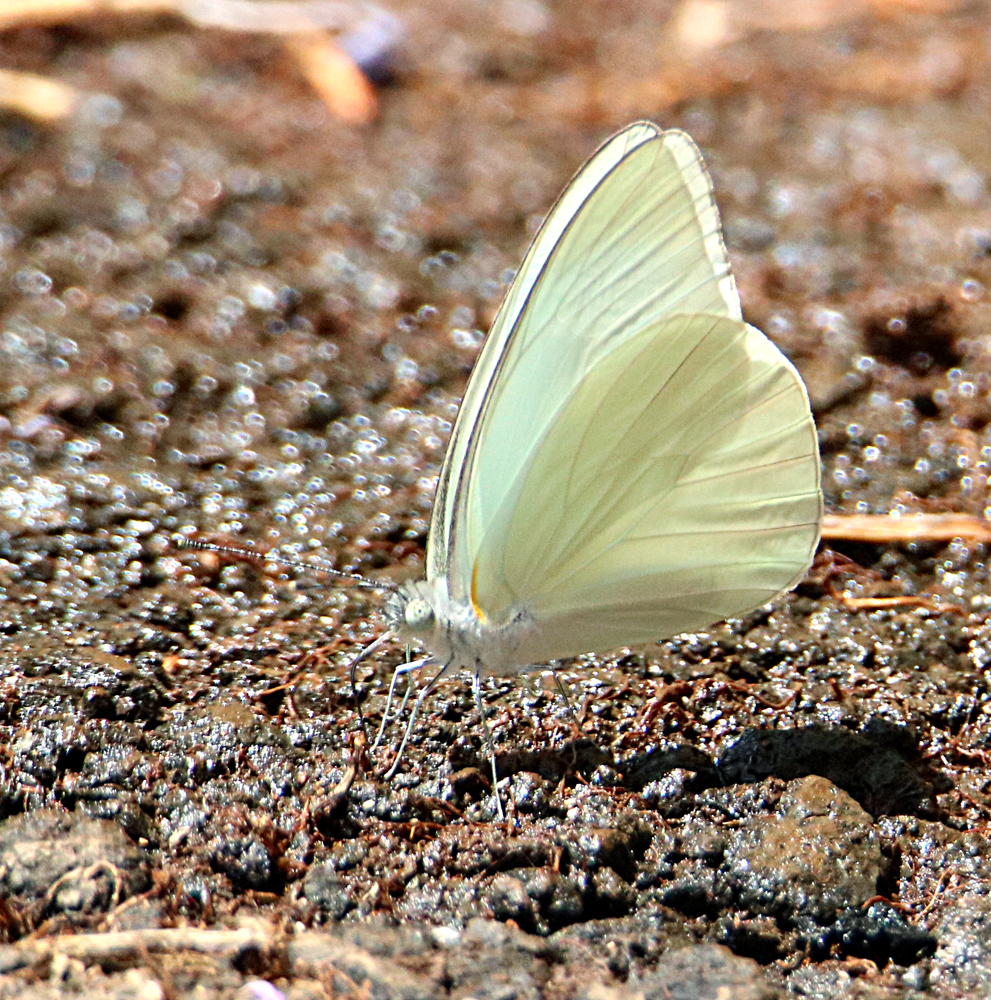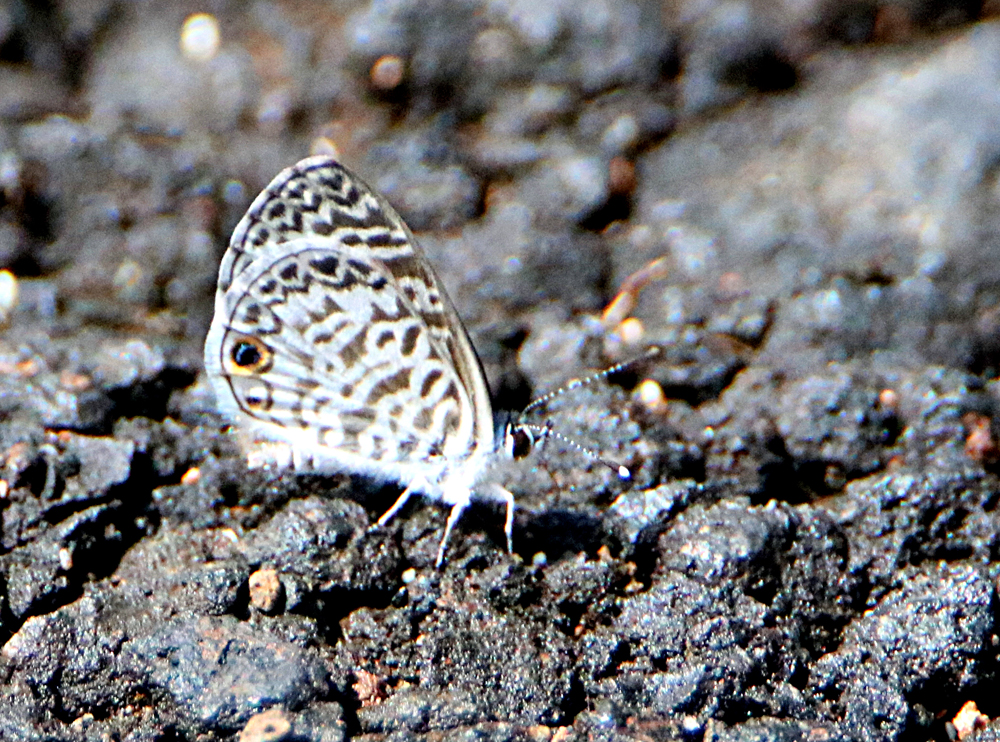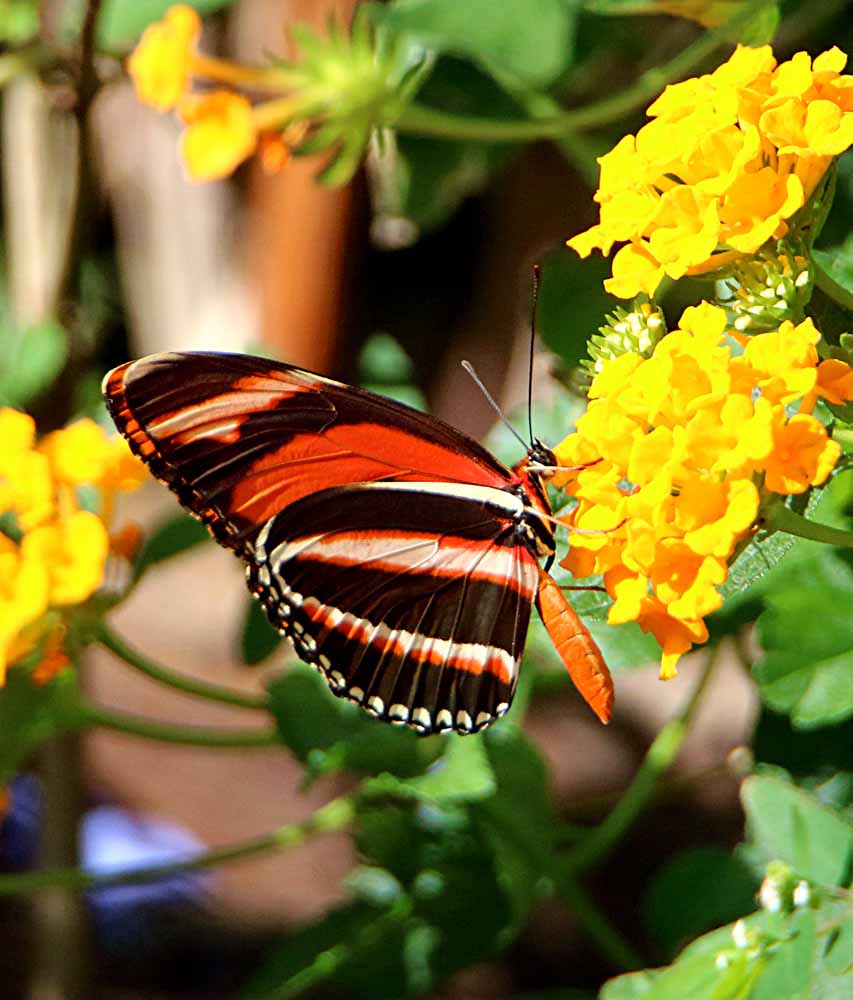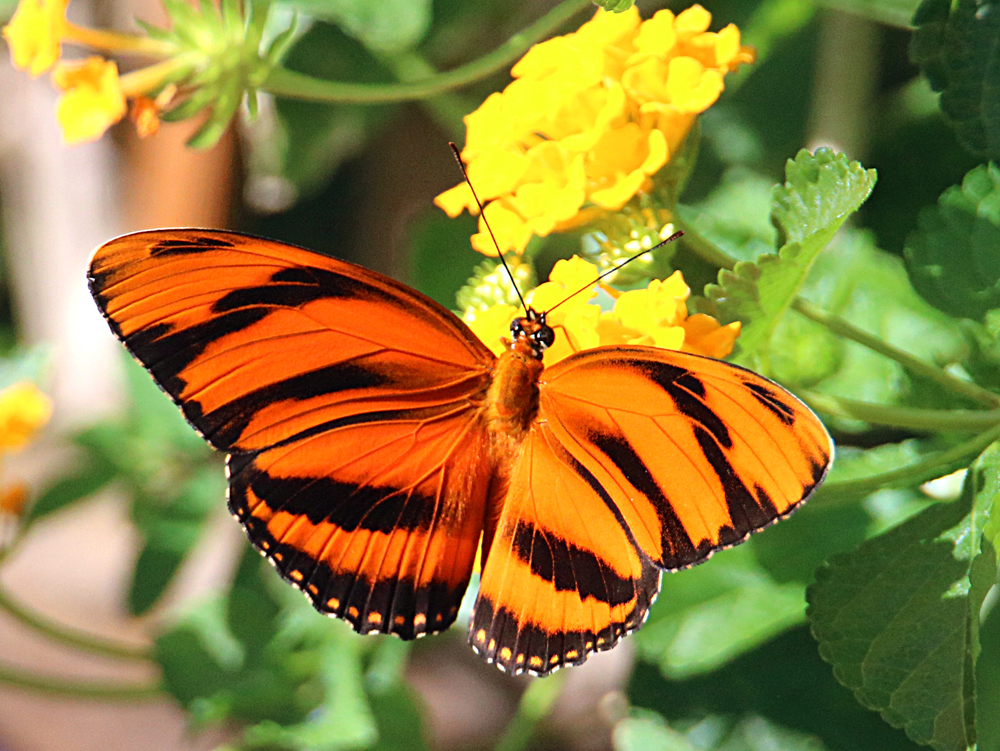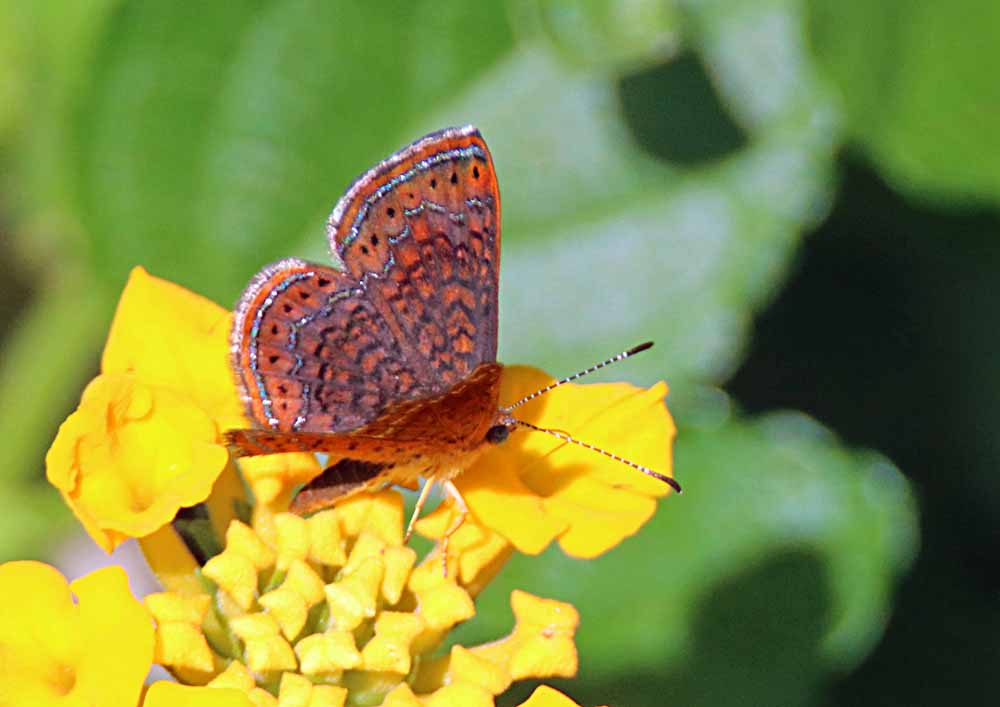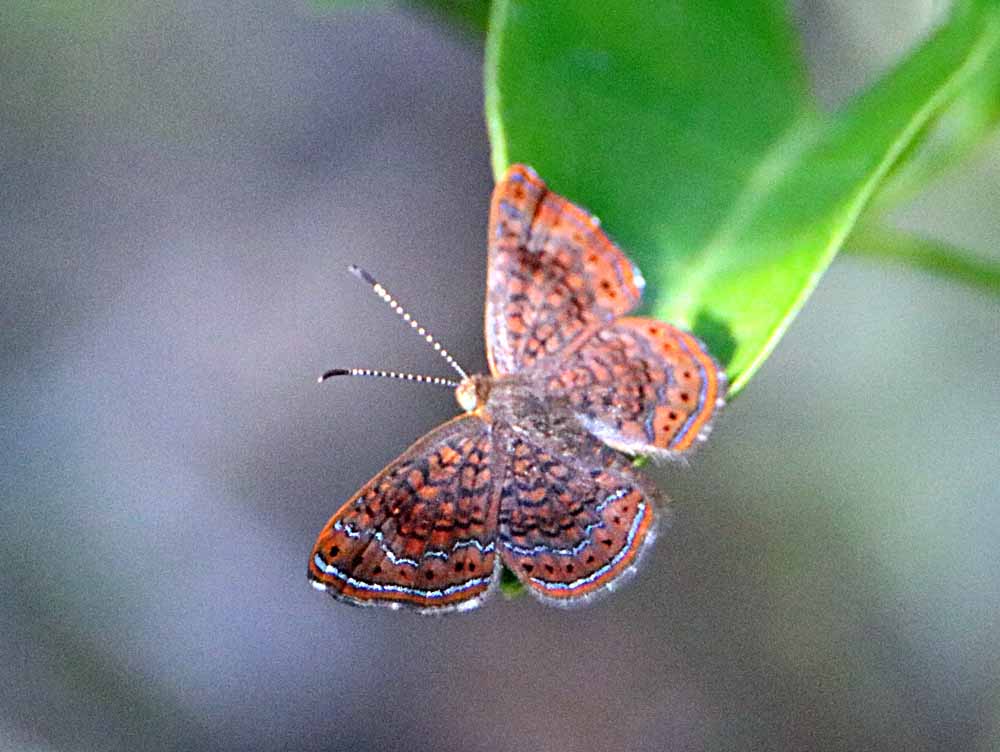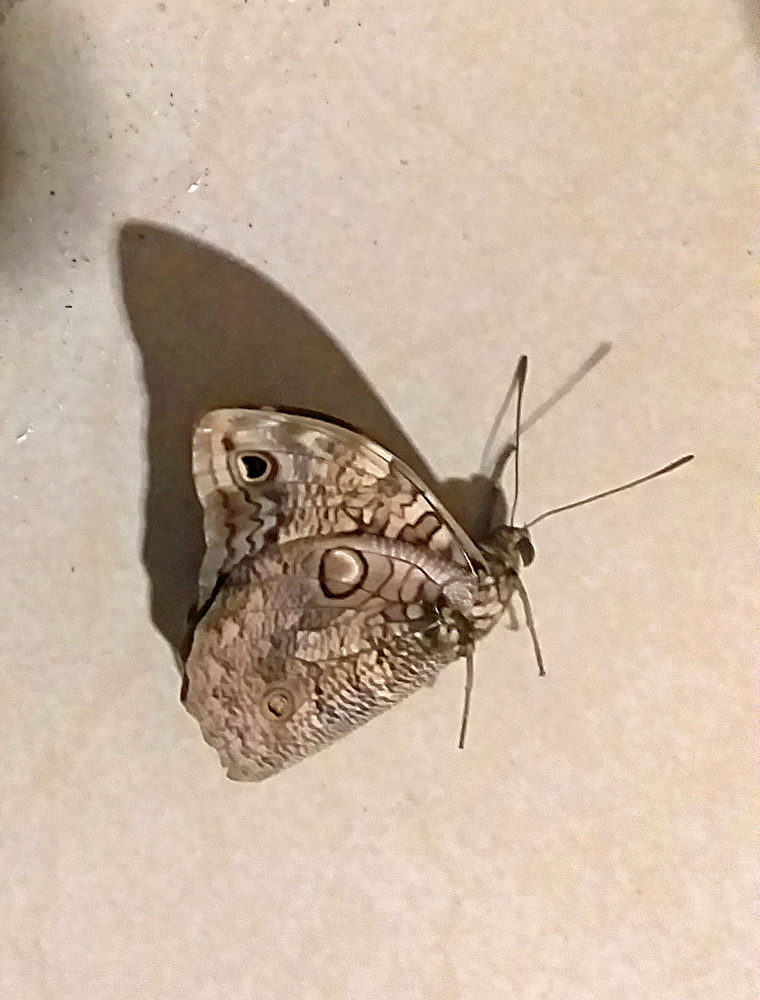The little thumbnail-sized Hairstreaks are beginning to show up as the busier butterfly time starts in my garden. Just be aware that butterflies can be found all year long all over Costa Rica. iNaturalist has a chart for each species showing when the observations were found and every month has some highs, regardless of the winds and other factors including my garden’s May-October high season, which may be because I have more flowers then. 🙂
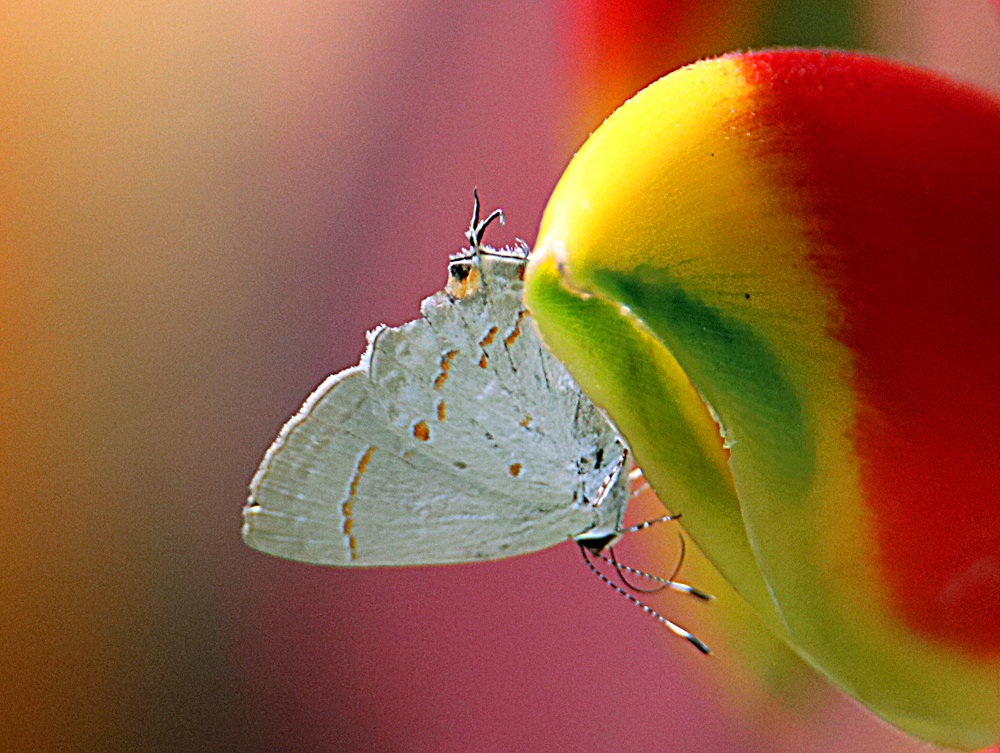
I’ve seen this little one several times as shown in my GALLERY: Red-spotted Scrub-Hairstreak, Strymon ziba. And if you are a serious butterfly watcher here in Costa Rica, note that this species is very much like another, Strymon megarus (my gallery link), and the two are easily confused! 🙂
¡Pura Vida!
One of my projects over the last few weeks has been to get all of my butterfly observation photos (11 years worth) in iNaturalist and I have nearly completed that tedious posting job with now over 1,500 observation posted on iNaturalist total, which beyond all my butterflies, I have also posted all of my dragonflies and I am in real time now posting other nature photos from day to day but not going back with my 11 year collections, like I just did with butterflies. 🙂
Now all of my Costa Rica butterfly photos will be on both iNaturalist and on butterfliesandmoths.org. Plus all bird photos on eBird and future birds on both. Contributing your image to these volunteer scientific sites will contribute to future research and hopefully the future preservation of many species. I recommend everyone to participate as they can. 🙂
¡Pura Vida!
